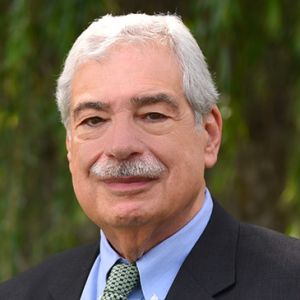VESTAL — The NorthEast Center for Chemical Energy Storage (NECCES) at Binghamton University has been awarded a $12.8 million, four-year grant — one of the largest federal research grants the university has ever received.
Binghamton’s grant was one of 32 awarded for a total of $100 million to fund Energy Frontier Research Centers (EFRCs), announced Wednesday by U.S. Energy Secretary Ernest Moniz. The grants could help accelerate scientific breakthroughs in energy, according to a Binghamton University news release.
M. Stanley Whittingham, a professor of chemistry and materials science, directs Binghamton University’s NECCES.
(Sponsored)

National Labor Relations Board Bans “Captive Audience” Meetings
Since 1948, the National Labor Relations Board respected an employer’s right to hold mandatory paid employee meetings during company time so that its views about unionization could be directly communicated

How Do Value Conclusions and Value Calculations Differ?
The value of a business is relevant in a wide variety of legal contexts, including divorces, shareholder disputes, mergers, bankruptcy and tax planning. Nevertheless, not every so-called “valuation” service is
“Stan Whittingham is a pioneer in the development of lithium ion batteries and his research has already had a phenomenal impact on our society,” Binghamton University President Harvey Stenger said in the release. “Receipt of this highly competitive grant will enable Stan and his colleagues to continue to push the boundaries of energy storage and battery life, and underscores the value of the work Binghamton University researchers are involved in every day.”
Wittingham said the research he has been involved in for more than 30 years has advanced how people use and store energy, including through lithium-ion batteries that power most laptop computers. “This infusion of funding for the work that I do with my colleagues in the NorthEast Center for Chemical Energy Storage will allow our work to continue as we seek to improve on current methods for energy storage in a way that will impact everyone around the globe,” he added.
Whittingham said he and his colleagues want to understand the fundamental chemical reactions in energy-storage materials to make them work better and to develop new materials that are less expensive, environmentally friendly, and able to store more energy than current materials.
More than 200 proposals were submitted to the Department of Energy for this second round of highly competitive awards for EFRCs to enable fundamental advances in energy production, storage, and use, the news release stated. The NECCES, with Whittingham as director, also received funding in the first round. Partner institutions include Rutgers University, MIT, Argonne National Laboratory, Cambridge University, the University of California at San Diego and at Santa Barbara, the University of Michigan, the University of Illinois-Chicago, and New York University.
The release said 23 of the projects receiving funding are headed by universities, eight are led by national laboratories, and one project is run by a nonprofit organization. Awards range from $2 million to $4 million per year per center for each of four fiscal years.
Since their establishment by the Department of Energy’s Office of Science, the EFRCs have produced 5,400 peer-reviewed scientific publications and hundreds of inventions at various stages of the patent process, the release noted. EFRC research has also benefited many large and small firms, including start-up companies.
The centers selected for the second round of funding will help lay the scientific groundwork for advances in solar energy, electrical energy storage, carbon capture and sequestration, materials and chemistry by design, biosciences, and extreme environments, the news release stated.
Contact Rombel at arombel@cnybj.com



